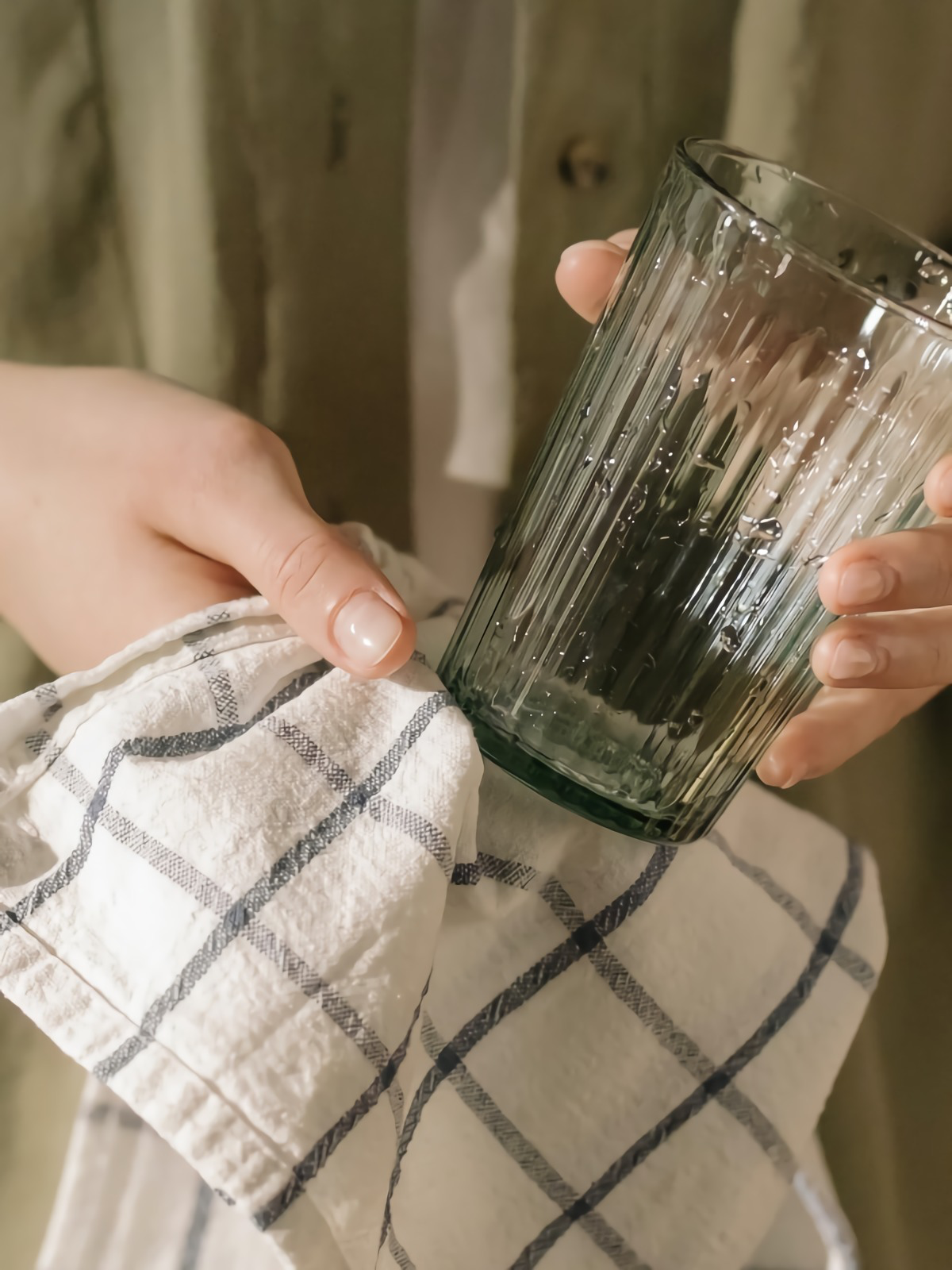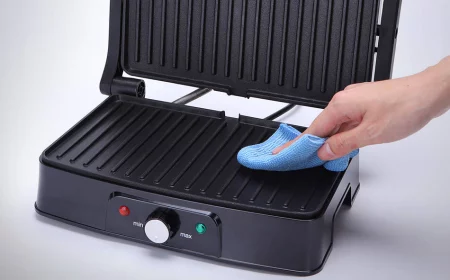Secrets from the Dish Pit: Why Your Dishes Aren’t Actually Clean and How to Fix It
I learned the real science of clean working the dish pit in a crazy-busy restaurant. It was hot, loud, and honestly, a grind. But that experience taught me something that’s stuck with me for decades: getting things clean isn’t about brute force. It’s about chemistry, temperature, and technique.
In this article
What I saw in that kitchen, and later confirmed working with home appliances, is that most of us are fighting our own dishwashers. We mean well, but we waste water, use the wrong soap, and end up with frustrating results. Spotted glasses, anyone?
This isn’t about myths. It’s about method. We’re going to cover how to work with your machine, not against it, plus the right way to tackle hand-washing. Getting your dishes sparkling clean should be a simple, predictable part of your day. Let’s make it happen.
First, Let’s Understand the Machine
Your dishwasher isn’t a magic box. It’s a system that relies on three things working in perfect harmony: physical force, heat, and chemistry. When one of these is out of whack, the whole process fails. Simple as that.

1. The Power of Water (Mechanical Action)
The first part of the equation is just water being blasted at your dishes. The spray arms in your dishwasher spin around and shoot out powerful jets of water. The whole system depends on those jets actually hitting the dirty surfaces. If you block the spray, the dish won’t get clean. Period.
This is why loading it properly isn’t just a quirky suggestion from the manual—it’s a critical step. I’ve been on service calls where the only problem was a big cookie sheet or a fallen plastic lid blocking the main spray arm from spinning. So, here’s a pro tip: before you hit ‘start,’ always give the spray arms a quick flick with your hand to make sure they spin freely.
2. The Magic of Heat (Thermal Action)
Next up is heat. Hot water is essential for melting grease and loosening up caked-on food. But more importantly, it sanitizes. Most modern dishwashers have a sanitize cycle that’s designed to meet official public health standards. To do this, the final rinse has to get the water screaming hot—we’re talking at least 150°F (65.5°C). That’s hot enough to kill off nasty household germs like E.coli.
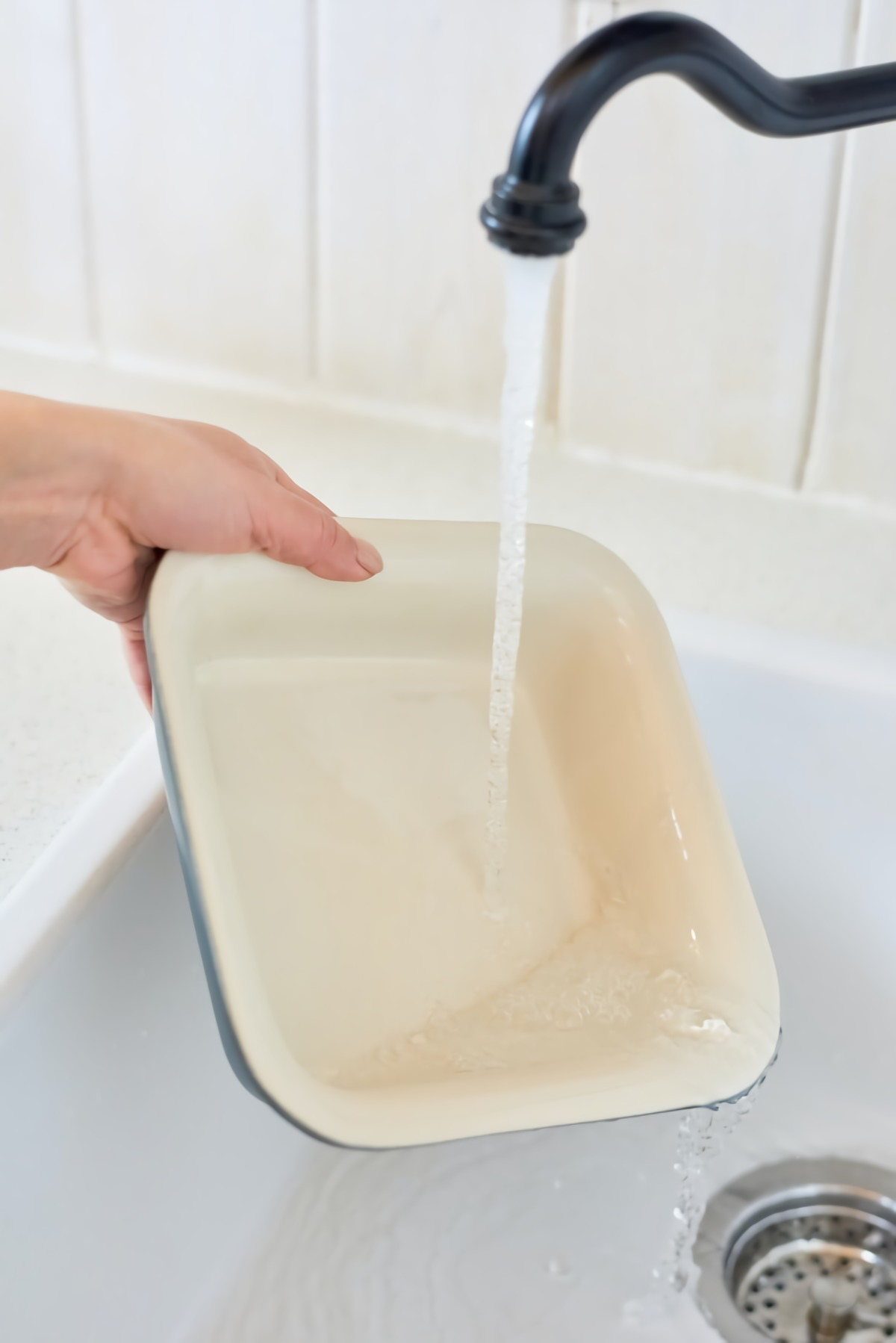
Your home’s water heater is probably set around 120°F (49°C) for safety, which isn’t hot enough. The dishwasher has its own internal heater to boost the temp. A little trick to help it out? Run the hot water at your kitchen sink for about 60 seconds before starting a load. This sends pre-heated water into the machine, so it has to work less to get up to temperature.
3. The Smarts of Soap (Chemical Action)
And finally, we have the detergent. This is where a lot of people go wrong. Dishwasher detergent is a high-tech blend of enzymes, bleaching agents, and surfactants—it’s nothing like the soap you use for hand washing.
- Enzymes: These are the rockstars. They break down specific food types. Protease enzymes tackle proteins (like egg), while amylase enzymes go after starches (like oatmeal or potato).
- Bleach: This is for getting rid of stains from things like coffee and tea. It works best in super hot water.
- Surfactants: These are the secret to spot-free glasses. They make water ‘wetter’ so it sheets off the dishes instead of forming droplets that leave mineral deposits behind.
This brings us to the biggest mistake I see people make: pre-rinsing. When you rinse your dishes until they’re squeaky clean, you’re actually starving the enzymes in your detergent. They have nothing to grab onto! Some smart dishwashers even have soil sensors that will detect super clean water and run a shorter, lighter cycle, which can leave the few dirty spots you missed still dirty.
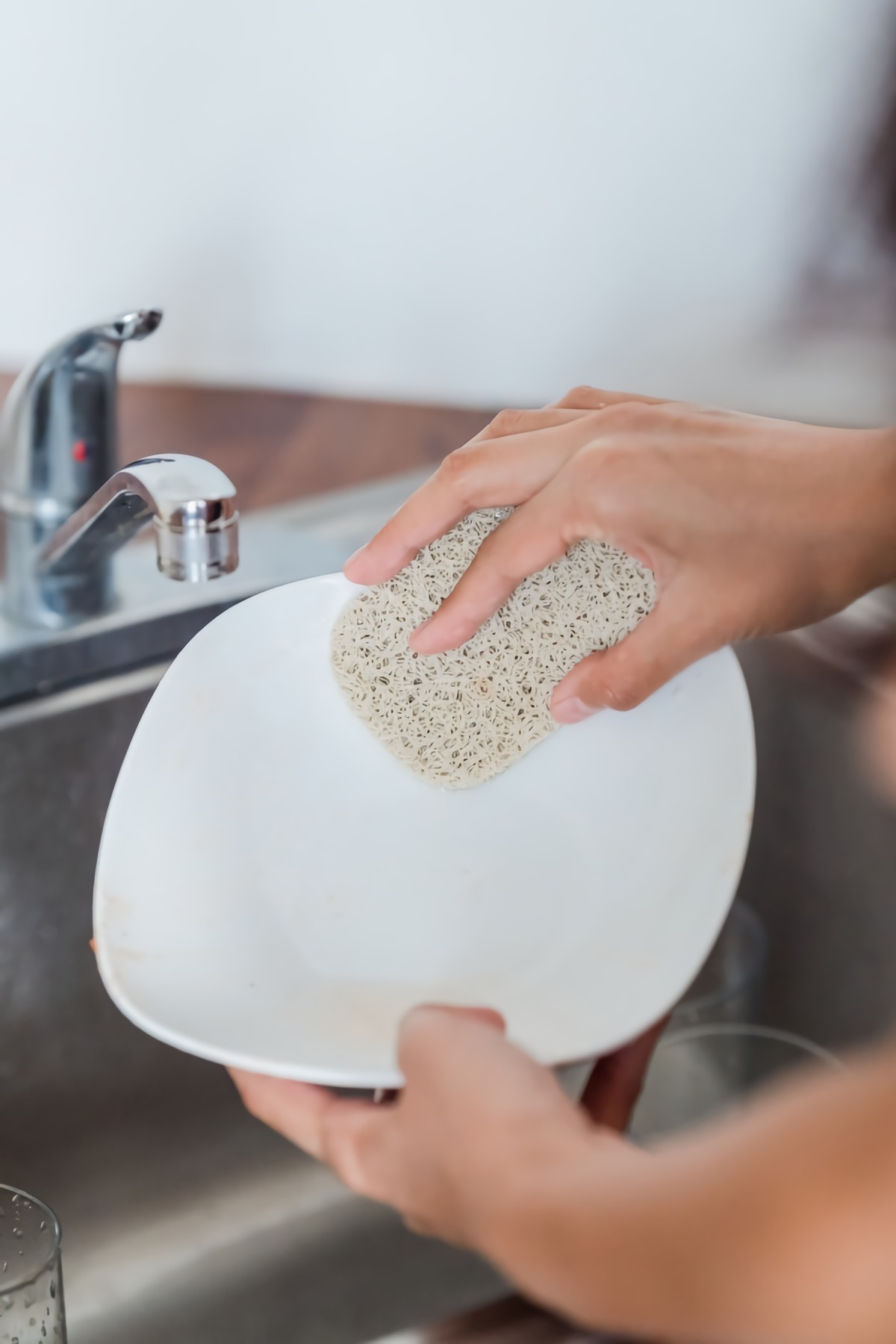
The Pro Method: Scrape, Don’t Rinse. Scrape solid food into the trash. Get rid of the big stuff. But leave the sauces, the grease, and the light film of residue on the plate. That’s the fuel your detergent needs to do its job.
Detergent Debates: Pods vs. Powder vs. Gel
Walking down the soap aisle can be overwhelming. What’s actually best? To be frank, they all work, but they have their strengths.
Pods and tablets are the most popular for a reason: they’re convenient and powerful. They usually contain a perfectly measured mix of enzymes, bleach, and often a built-in rinse aid. They’re the most expensive option, often costing between $15 and $25 for a large container, but they deliver the most consistent results. My personal favorite for tough jobs.
Powder is the old-school budget champion. A big box is usually under $10 and lasts a long time. The big advantage here is that you can adjust the amount you use. For a lightly soiled load, you can use less; for a greasy mess, you can add more. It’s very effective but can sometimes leave a little grit if your water is hard or the load is packed too tight.
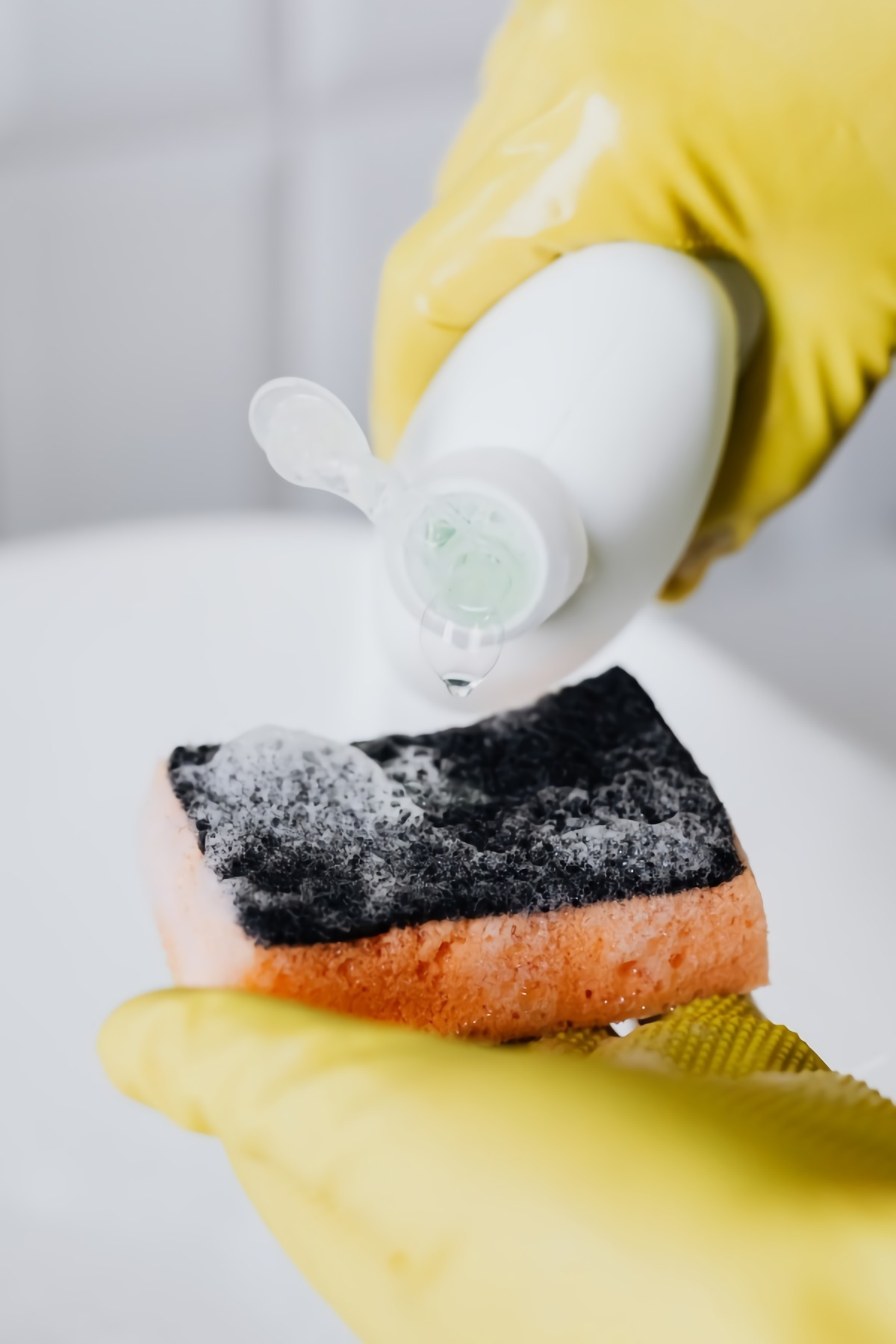
Gels are generally the least effective of the three, in my experience. They are better than they used to be, but they often lack the enzymes that do the heavy lifting on stuck-on food. They’re good for delicate items and are usually cheaper than pods, but for real cleaning power, I’d stick with pods or powder.
How to Load a Dishwasher Like You Mean It
Think of it like this: water needs a clear shot. Every single dish needs a direct line of sight to a spray arm. That’s the whole game.
Bottom Rack: The Heavy-Duty Zone
This rack gets the most intense spray and is closest to the heater. Put your toughest jobs here.
- Plates & Big Bowls: Stand them up between the tines, always facing the center spray arm. Don’t let them crowd each other; give them some personal space.
- Pots & Pans: Place them along the sides or in the back, angled down toward the spray. Make sure they aren’t blocking the detergent door!
- Cutting Boards: Always on the sides, standing vertically. Laying them flat is like putting up a giant roadblock for the water.
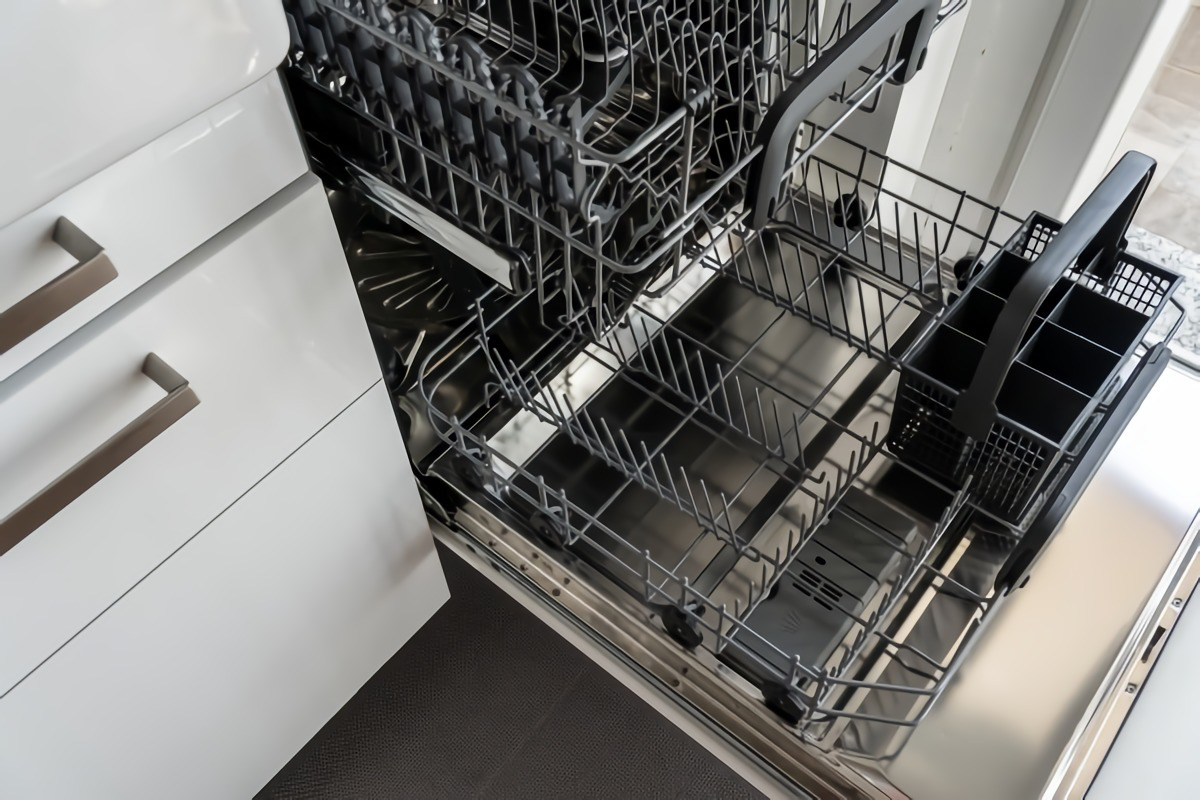
Top Rack: For the Lighter Load
The spray is a bit gentler up here, which is perfect for glasses, mugs, and plastics.
- Glasses & Mugs: Place them upside down between the tines, not over them. Resting them on the tines traps water and causes spots.
- Plastics: Top rack only! The heating element on the bottom will absolutely warp your favorite food containers. It’s a sad lesson to learn the hard way.
- Long Utensils: Lay spatulas and big spoons flat. If you stand them up in the silverware basket, they can block water for other items.
Silverware Basket: The Great Debate
Handles up or handles down? The best method, straight from the pros, is to mix it up. This prevents spoons from ‘spooning’ and blocking each other from the water jets. The one exception? Knives. For safety, always put sharp knives handle-up, blade-down. Better yet, high-quality kitchen knives should really be washed by hand to protect the blade’s edge.
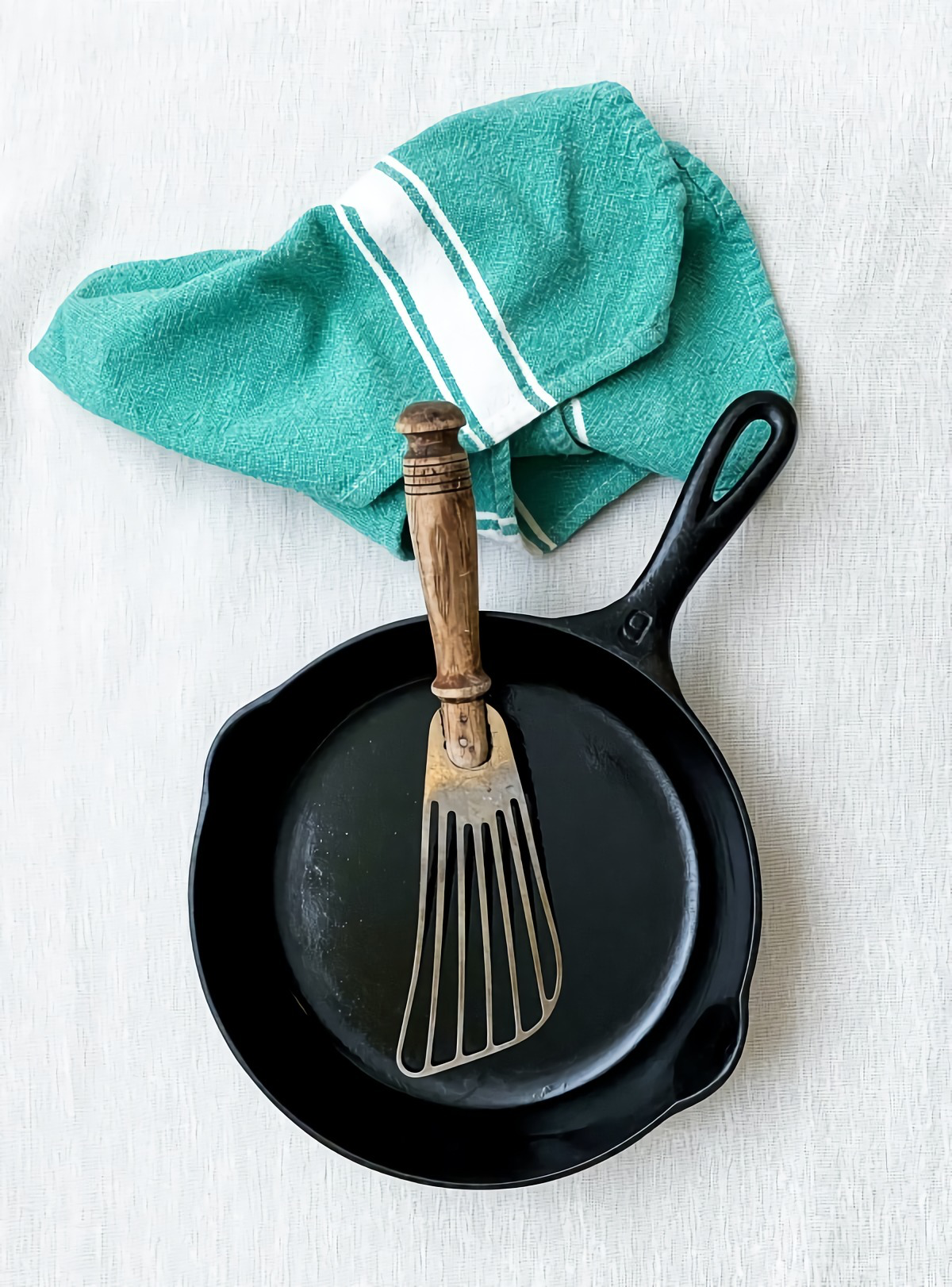
The Art of Hand Washing (When You Have To)
Sometimes you just have to do it by hand. A good technique saves a ton of time and water.
First, get better tools. I threw out my classic kitchen sponges years ago. Their porous structure is a breeding ground for bacteria. Better options you can find at places like Target or online include:
- Silicone Scrubbers: They don’t absorb water, dry fast, and can be tossed in the dishwasher to be sanitized. They’re great for general cleaning.
- Dish Brushes: A brush with sturdy nylon bristles is amazing for scrubbing pots and getting into corners. They dry much faster and stay cleaner than sponges.
- Natural Fiber Scrubbers: Luffa or coconut fiber scrubbers work well and are compostable, which is a nice bonus.
Oh yeah, and here’s a critical tip about water temperature. It seems logical to use the hottest water you can stand, right? Not always. For greasy pans, yes, hot water is your friend. But for other things, it’s a mistake.
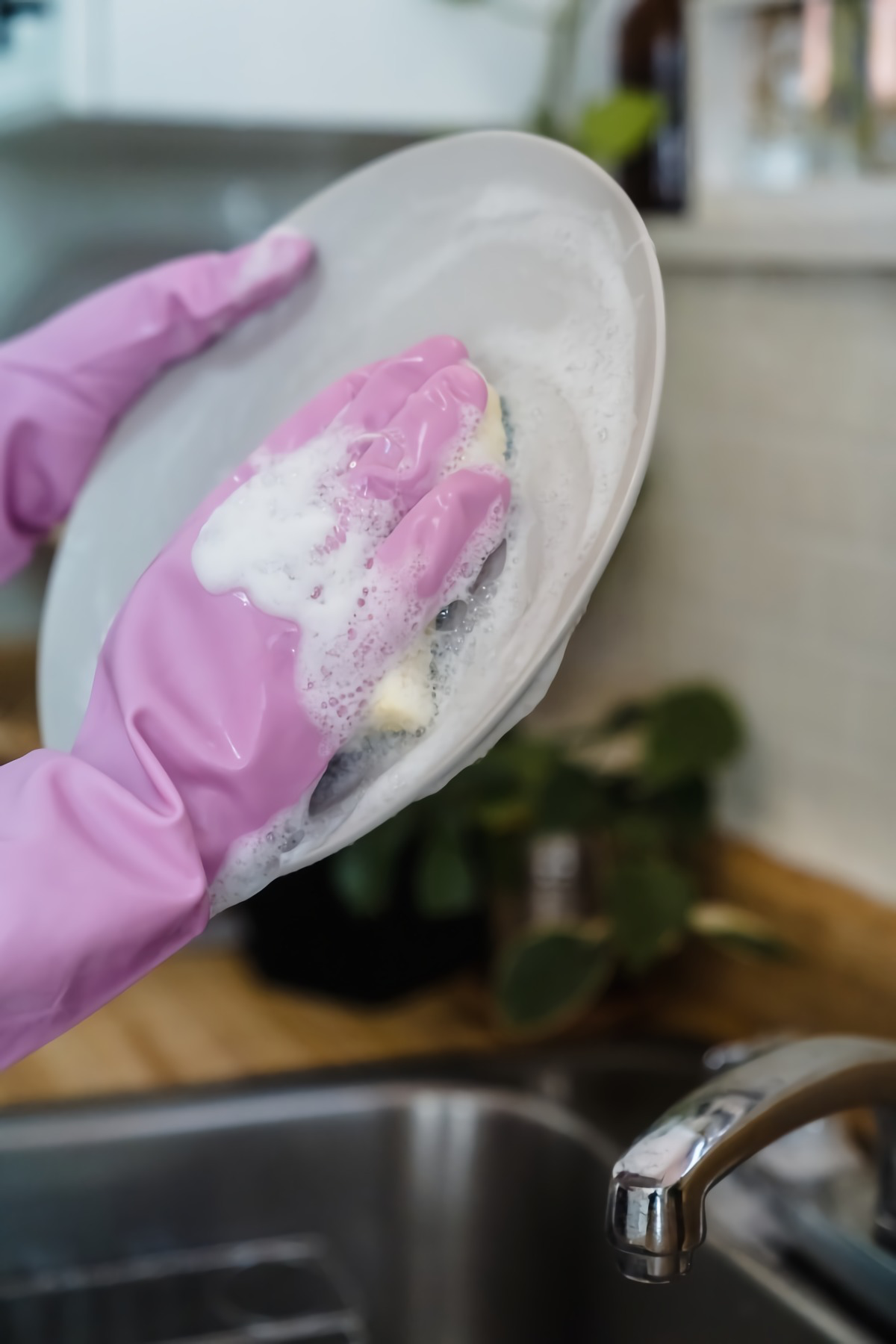
For Dairy and Starchy Foods—think cheese, oatmeal, or mashed potato residue—starting with hot water can almost ‘cook’ the proteins and starches onto the dish, making them gummy and harder to remove. Start with a quick rinse or scrub in cool or lukewarm water to lift the residue off first, then hit it with hot, soapy water to finish the job.
The ‘Do NOT Wash’ List: A Quick Lifesaver
Heads up! Some things should never see the inside of a dishwasher. The combination of high heat and harsh detergents will ruin them.
- Cast Iron: It will strip the seasoning you’ve worked so hard to build up and cause it to rust.
- Good Kitchen Knives: The heat can damage the handle, and banging around can dull the blade. Wash by hand.
- Wooden Items: Cutting boards, spoons, and salad bowls will warp, crack, and split from the heat and moisture.
- Non-stick Pans: The high heat and harsh detergents can degrade the non-stick coating over time. Check the manufacturer’s instructions, but when in doubt, wash by hand.
- Soft Plastics: Anything that isn’t labeled ‘dishwasher safe’ is at risk of melting, especially on the bottom rack.
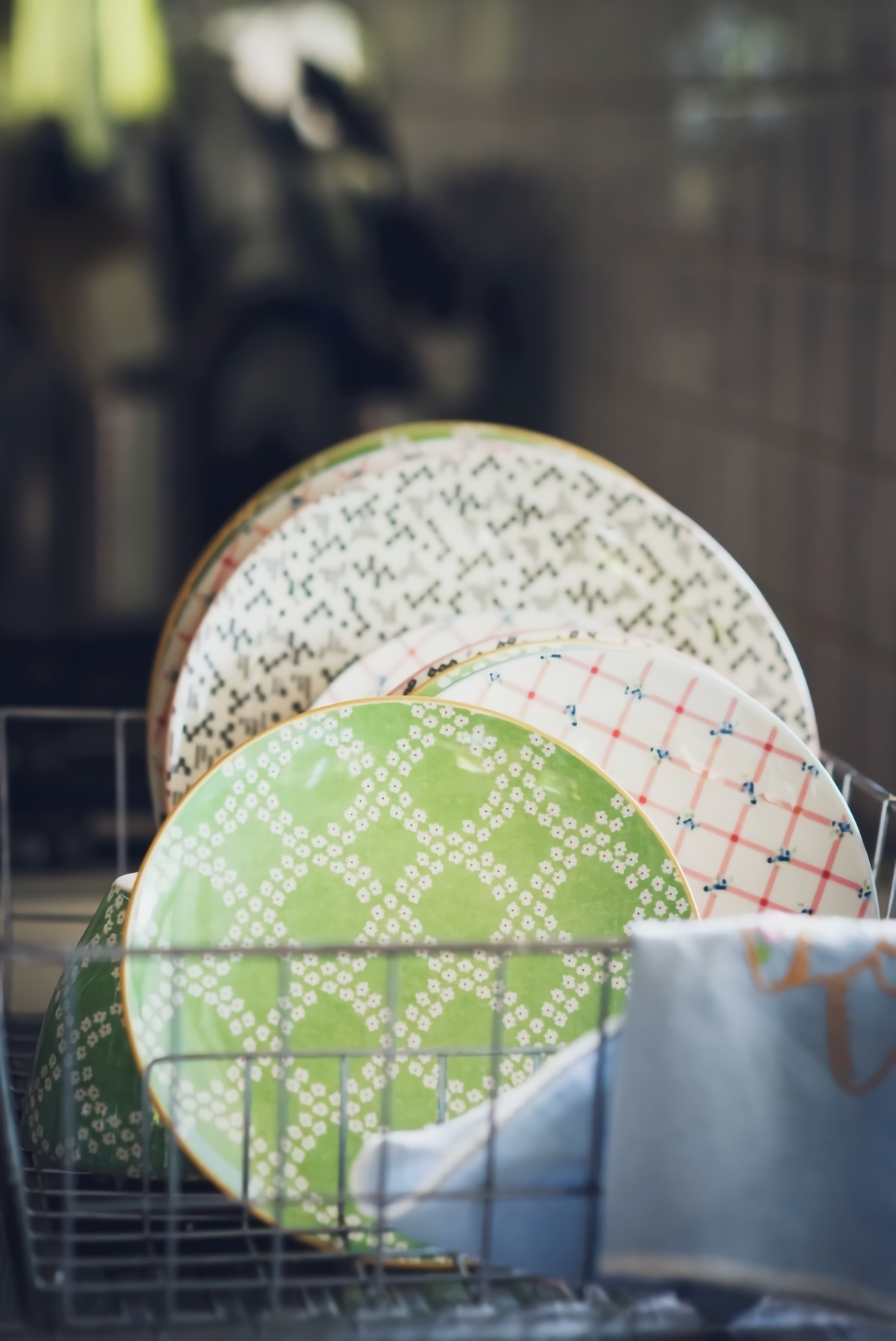
Quick Maintenance Your Dishwasher is Begging For
Your dishwasher cleans your dishes, but what cleans your dishwasher? If you notice funky smells or a drop in performance, it’s probably time for a little TLC.
Clean The Filter: This is the single most important thing you can do. At the bottom of your dishwasher, under the spray arm, there’s a filter that catches all the gross stuff. Most twist out easily. Pull it out, rinse it under the sink to get all the gunk off, and pop it back in. Do this once a month.
Your challenge: Go find and clean your dishwasher filter right now. I promise it’s easier than you think, and you’ll be amazed (and maybe a little grossed out) by what you find.
Troubleshooting Common Problems:
- Problem: My glasses are cloudy and white.
Solution: That’s likely hard water mineral deposits. The number one fix for this is to use a rinse aid. Seriously, it’s not a scam; it makes a huge difference. You can also try a detergent booster product designed for hard water. - Problem: My dishwasher smells weird.
Solution: First, clean that filter! If it still smells, run an empty cycle with a cup of plain white vinegar in a dishwasher-safe bowl on the top rack. This helps dissolve mineral buildup and deodorizes the machine.
By the way, did you know a modern, energy-efficient dishwasher can use as little as 3-4 gallons of water per load? Washing that same amount of dishes by hand can use over 20 gallons. So when you use your machine correctly, you’re not just getting cleaner dishes—you’re saving a massive amount of water.
